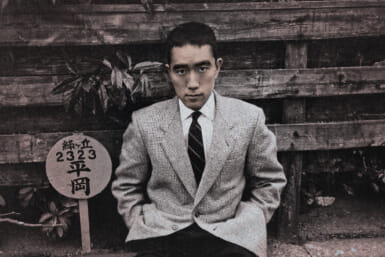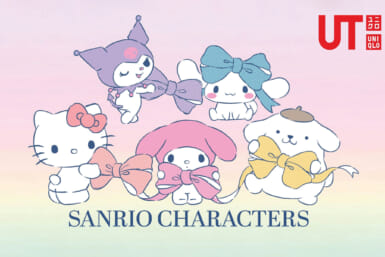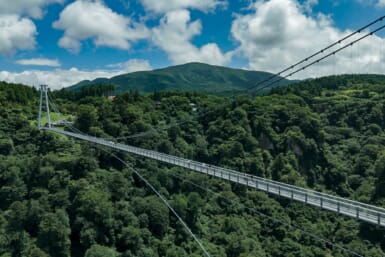Kyotographie, the acclaimed annual international photography festival, returns for another celebration of visual arts and remains resolute in its belief that art can be an agency of change.
The month-long festival, which runs until October 17, takes place throughout the ancient Japanese capital. It is known for utilizing spaces and landscapes not traditionally associated with art. There are very few orthodox arts spaces on the list of venues. Instead, former banks, temples, castles and chic retail boutiques are used. Visitors are encouraged to investigate the photography and art on display.

RongRong&inri, from the series of Jifei Kyoto, 2015–2021
©️ RongRong&inri
One of the big hitters on this year’s schedule is Dutch photographic wizard Erwin Olaf with his “Annus Mirabilis.” You also have celebrated English artist David Shrigley who partners with champagne brand Ruinart. Then there’s the Chinese Japanese duo RongRong&inri who use the traditional waterways of the city as a creative starting point. This results in one of the most striking exhibitions in this year’s calendar.
The Power of Humanity
Co-founders Lucille Reyboz and husband Yusuke Nakanishi have managed, over the last eight years, to establish a truly subversive and innovative festival. It celebrates life rather than the death seen around us over the last year due to the Covid-19 pandemic. Crucially, the month-long event also remembers the 10th anniversary of the Tohoku earthquake and tsunami.
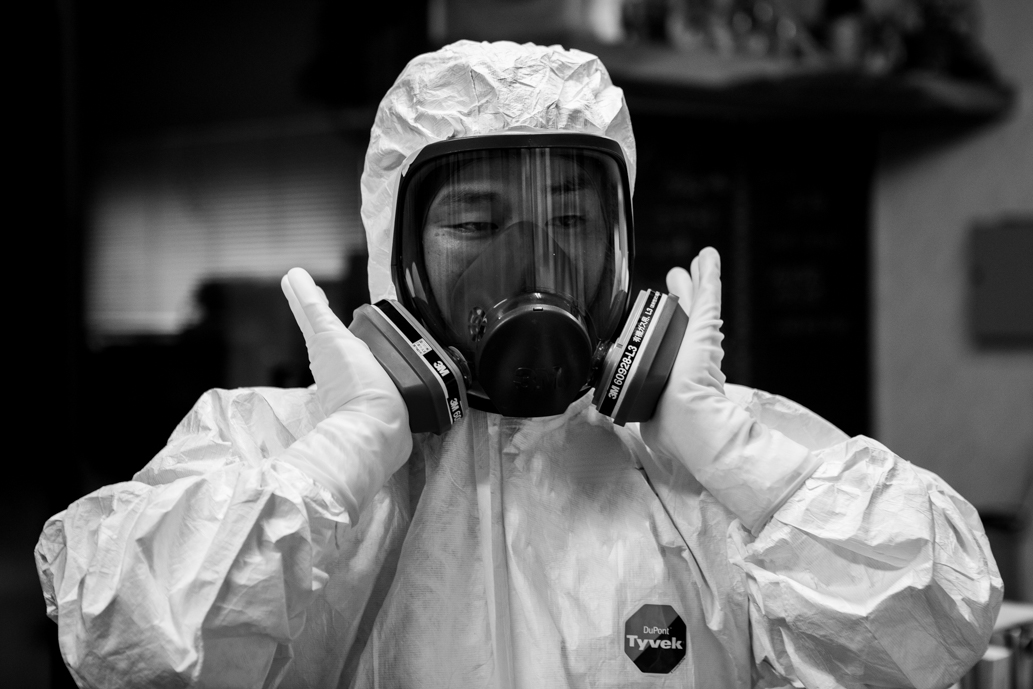
Kazuma Obara, no title, 2011
©️ Kazuma Obara
In the festival program notes, Reyboz and Nakanishi write: “Considering that life and memory mirror each other, photography becomes the expression that ultimately echoes our times. For the ninth edition, we invite artists using a variety of mediums to share their intimate reflections. We hope sharing these creations and remembering the stories connected to them will pay tribute to the dignity of those represented and share our belief in the power of humanity.”
The theme of this year’s festival is “ECHO” and this artistic leitmotif is especially present in the exhibitions of Erwin Olaf, Richard Collasse and Yingfei Liang. Their themes are the lockdown of 2020, the 2011 Tohoku earthquake and tsunami and memories of sexual assault.
Erwin Olaf

Erwin Olaf, April Fool 2020, 9.45am, 2020. ©︎ Erwin Olaf
Richard Collasse

©︎ Richard Collasse
French polymath Collasse, a novelist, chairman of the board of Chanel Japan and photographer, reflects on his photography series “The Wave —In Memoriam” taken shortly after the horrors of the 2011 Tohoku earthquake and tsunami in the town of Kesennuma in Miyagi Prefecture. Packed with emotion and dappled moments of anger as well as despair and hope, the exhibition at Tonan-Sumi yagura (Southeast Watchtower) in Nijo-jo Castle takes place in darkness with visitors using torches to navigate the space.
With sounds of the ocean and a recording of a public service announcement from the day of the earthquake and tsunami, Collasse attempts to take the viewer into the experiences of the people of Kesennuma who survived in darkness and with no power for weeks and months on end. The most horrific but in some ways most beautiful photo is of a giant seaside wall emblazoned with the word onegai (please) in red paint written by someone in a state of utter hopelessness and despondency.
Collasse commented at a recent lecture in Kyoto: “The town was so quiet. Nobody was there. Not even birds. Even the sea was quiet as if reflecting on what it had done. I cried because of the lost souls and I hope I can pass on how I felt through the exhibition.”
Yingfei Liang

Yingfei Liang, Beneath the Scars Part II , 4, 2018
©︎ Yingfei Liang
Chinese photojournalist and artist Liang, winner of last year’s KG + Select Award, investigates and reflects on the theme of sexual assault through a series of six sets of photographs taken between 2018 and 2020. Liang, who interviewed survivors of sexual assault, reconstructs elements of their pain and resentment through staged photographs which mirror these dreadful experiences. Subtle, beautifully framed and visually arresting, Liang is emerging as a brilliant and crucial photographer and social commentator.
Other Highlights
Other highlights of this year’s edition of Kyotographie include Ngadi Smart’s “Manifold” at Flying Tiger Copenhagen Kyoto Kawaramachi Store and the Demachi Masugata Shopping Arcade, Thomas Dhellemmes’ “‘Légumineux” at Ryosokuin Temple and RongRong&inri’s “Jifei Kyoto” at an outdoor space at Lake Biwa Canal Museum. Surrounded by the water of Kyoto, RongRong&inri’s work explores the environment, history and the city of Kyoto’s complex and necessary relationship with water. Beautiful, touching and unforgettable, it’s an exhibition which encapsulates the ethos and ambition of the festival itself.
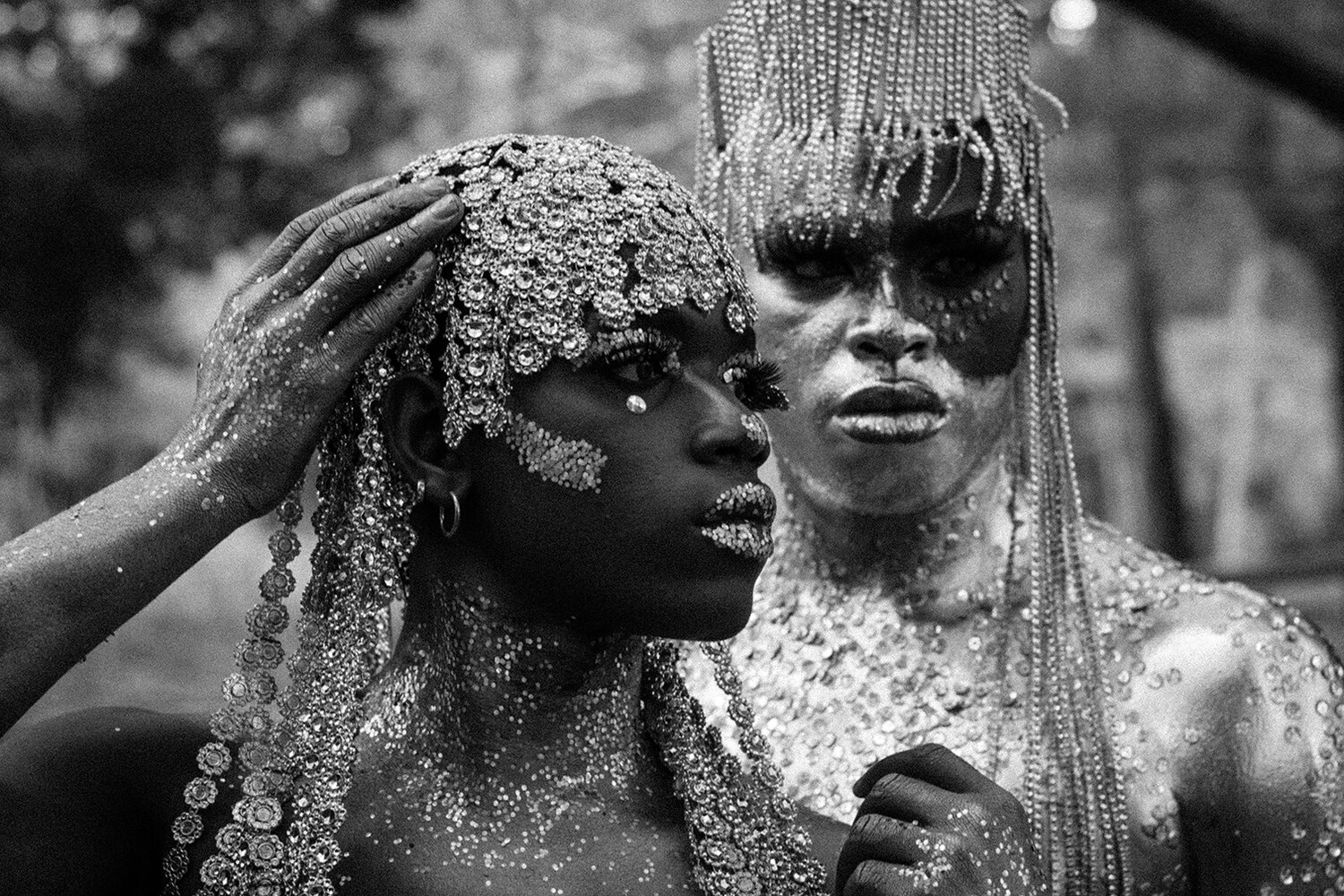
The Queens of Babi, 2020
© Ngadi Smart
What is photography? In what environments should it be viewed? In what ways can it provoke a conversation about how we live and survive the world in which we inhabit? These are all questions asked at Kyotographie. A festival with deep and expansive roots in the city itself, a location steeped in tradition and arts, it’s no wonder that this festival has become a revolutionary cultural linchpin since its inception in 2013.
Kyotographie offers an alternative mode of celebrating creative nous. It’s a festival which actively limns a society or group of creators who view the world and their respective societies through their own distinctive lens. Photographers and artists from Japan, Africa, England, France, China and other nations have been assembled in order to display the power of art and to begin a discourse about city, society, people, environment and experience.
Top image by Erwin Olaf “Im Wald, Am Wasserfall”, 2020



